31-05-2024
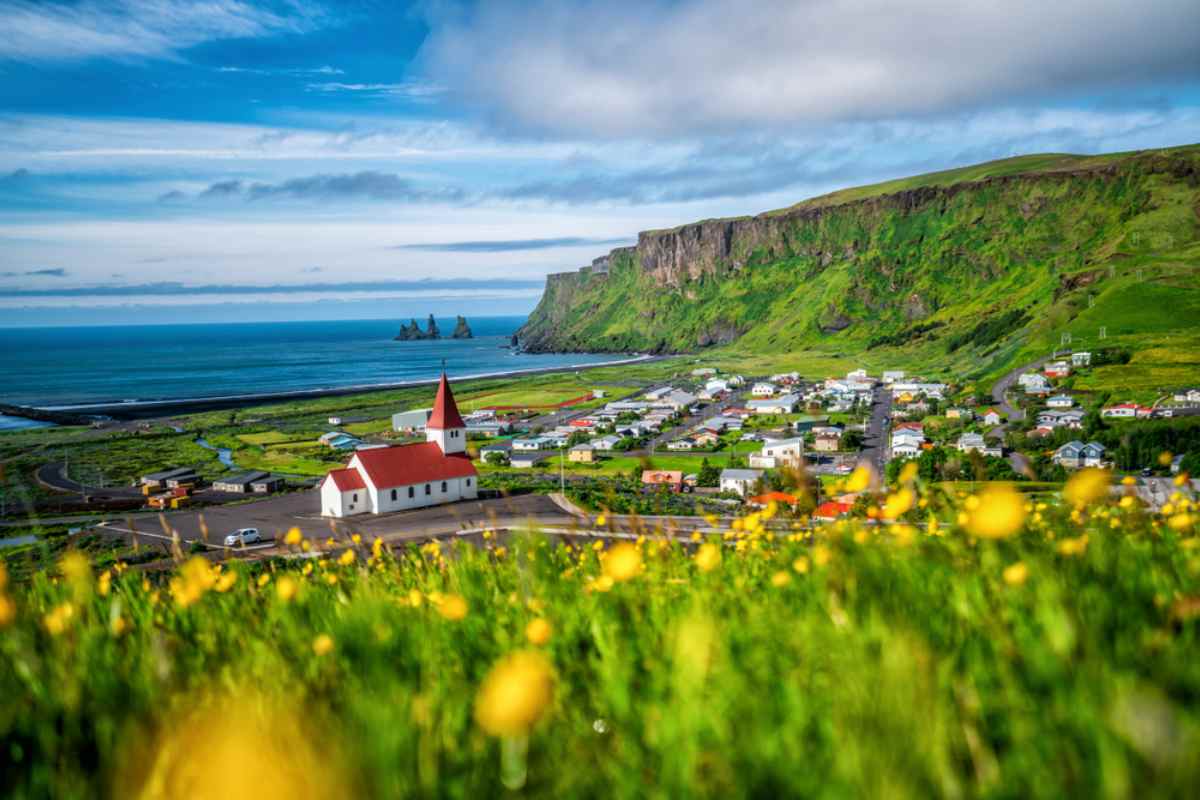
Spring in Iceland is a season that's as enchanting as it is practical for the savvy traveler. With the island shaking off its winter cloak, you're greeted with a budget-friendly window before the summer crowds roll in.
This means you can wander through Iceland's otherworldly landscapes with fewer folks around, making for a tranquil and personal experience. Whether it’s the allure of cost savings or the promise of serene exploration, visiting Iceland in spring hits a sweet spot.
This blog will guide you through everything from when spring graces this Nordic island to what to pack, ensuring you make the most of your spring adventure in Iceland. Get ready for a whirlwind of blooming possibilities and seasonal magic uniquely found during spring in Iceland.
If you're wondering when spring in Iceland starts, the answer is March, and it can extend into May or even June. This period is a prime time for discovering the island's stunning, awakening nature while enjoying the benefits of shoulder season travel.
Iceland's location near the Arctic Circle means that spring can vary in onset and duration depending on where you are on the island. The southern coast experiences an earlier and longer spring, while northern regions like Akureyri tend to see a shorter and later season. This variability is due to Iceland's temperate maritime climate and the Gulf Stream.
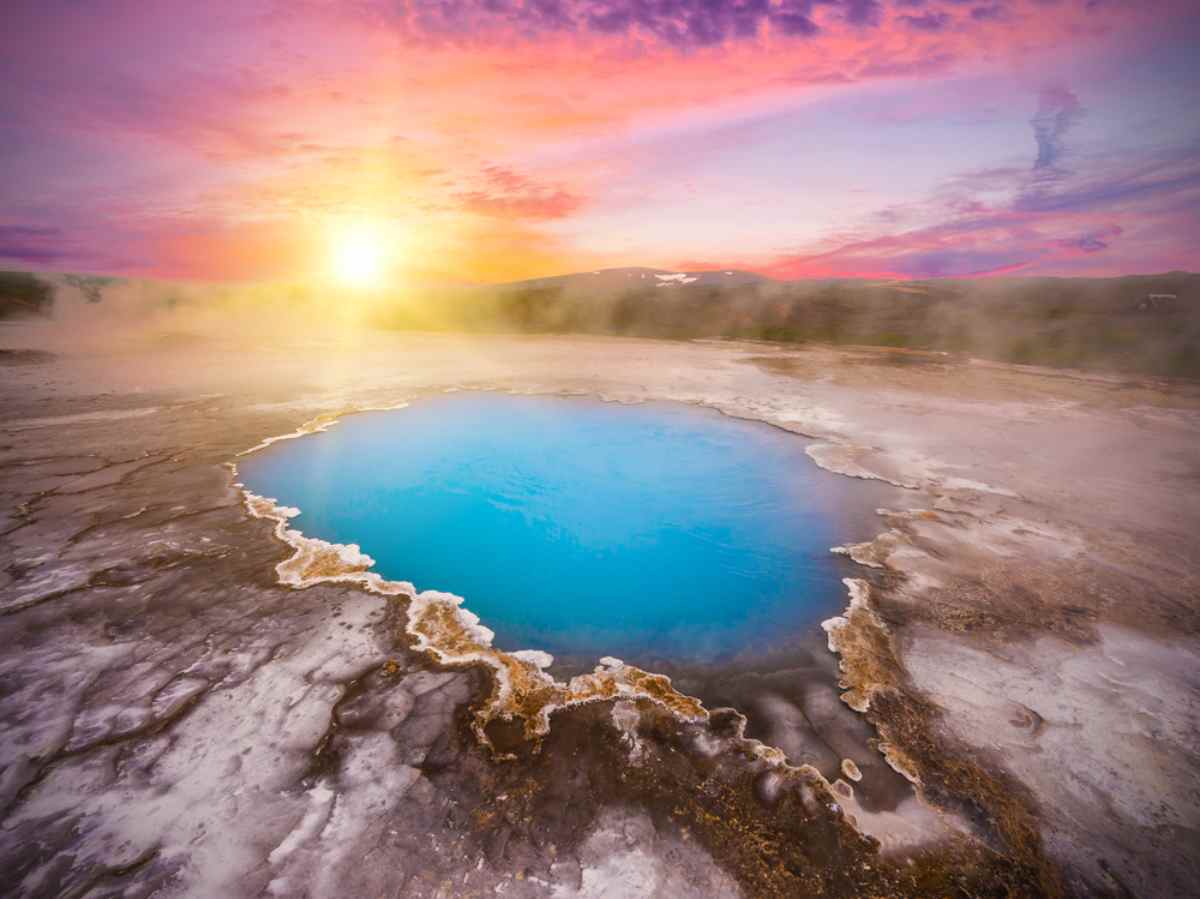
Talking about Iceland's weather in spring is like opening a box of surprises—you never know what you're gonna get. There's an Icelandic saying that you can experience all four seasons in a single day, especially true during spring.
One moment, you might bask in the sunshine, and the next, you find yourself reaching for a raincoat as a surprise shower passes over. This quick change in the Icelandic weather is part of the adventure, reminding you to pack with flexibility in mind.
As spring marches on, warmer days become more frequent, heralding the true melt of winter. However, keep in mind that 'warmer' is a relative term. Areas in the north and at higher elevations cling to chillier temps a bit longer.
Despite this, those sunny days do make an appearance, capable of delivering a surprising tan or—oops—a sunburn. Yes, even in Iceland, sunscreen is your springtime friend during extended outdoor explorations.
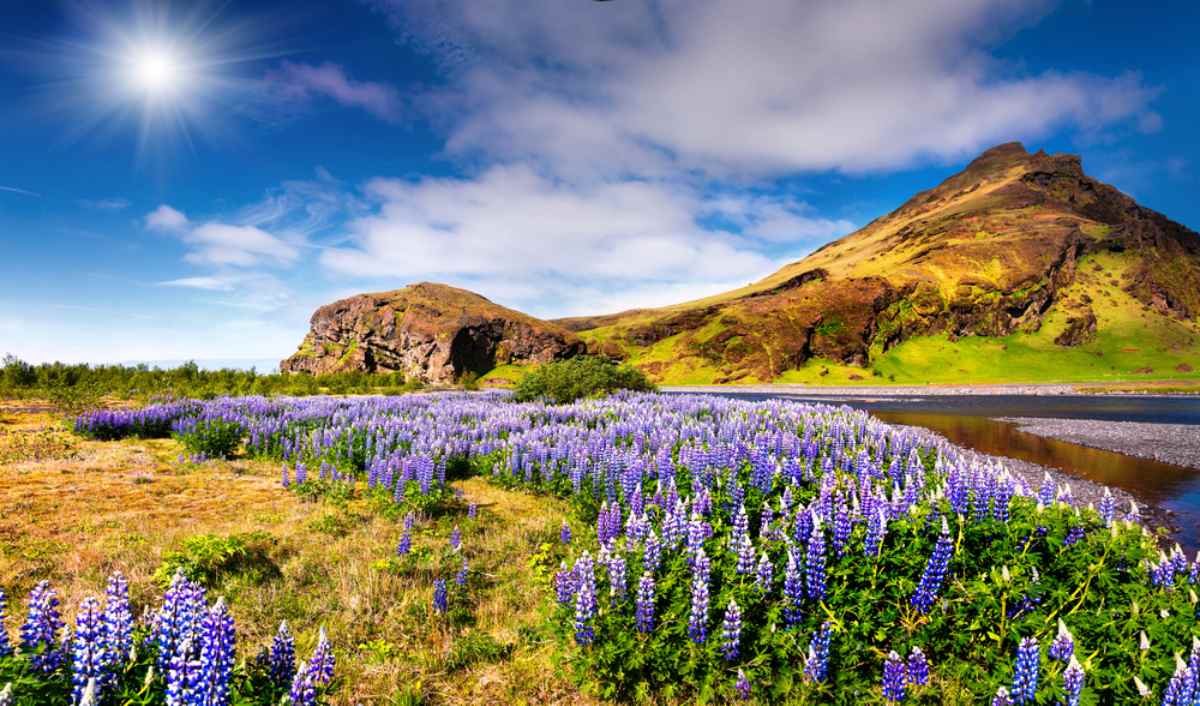
March in Iceland: -2.2°C (28°F) to 2.3°C (36°F)
April in Iceland: 3°C (37°F) to 6.8°C (44°F)
May in Iceland: 5°C (41°F) to 8°C (46°F)
Now that you know what Iceland's spring entails, let's dig into the pros and cons of visiting during this season.
Less Crowded: Spring in Iceland promises fewer tourists. This means you'll often find you have breathtaking landscapes and natural wonders more or less to yourself, enhancing the personal and intimate experience of the island's beauty.
More Affordable: With the arrival of spring, just as the winter snow melts away, so do the high prices. Spring in Iceland unveils more budget-friendly options for accommodation, activities, and travel, making it easier on your wallet without compromising on the experience.
Longer Days: One of the unique joys of spring in Iceland is witnessing the rapid lengthening of days. From March to May, each day gains about five minutes of daylight, offering more time to explore and enjoy the increasingly warmer weather.

Unpredictable Weather: Spring weather in Iceland can be fickle, requiring more thorough planning and preparation to tackle the changing conditions. This unpredictability adds a layer of adventure but also a bit of complexity to packing and planning your daily excursions.
Reduced Services: Being the off-season, spring sees shorter operating hours for many of Iceland's attractions, accommodations, and transport services. Key services like ferries and buses may run on limited schedules, so a bit of extra planning is essential to make the most of your visit.
Challenging Driving Conditions: Especially in early spring, certain road conditions can be challenging for those unaccustomed to Iceland’s spring weather. Remote areas may require a 4WD, and some roads, including the highland F-roads, remain closed or inaccessible until summer. Nevertheless, with appropriate planning, this should only minimally impact your overall experience.
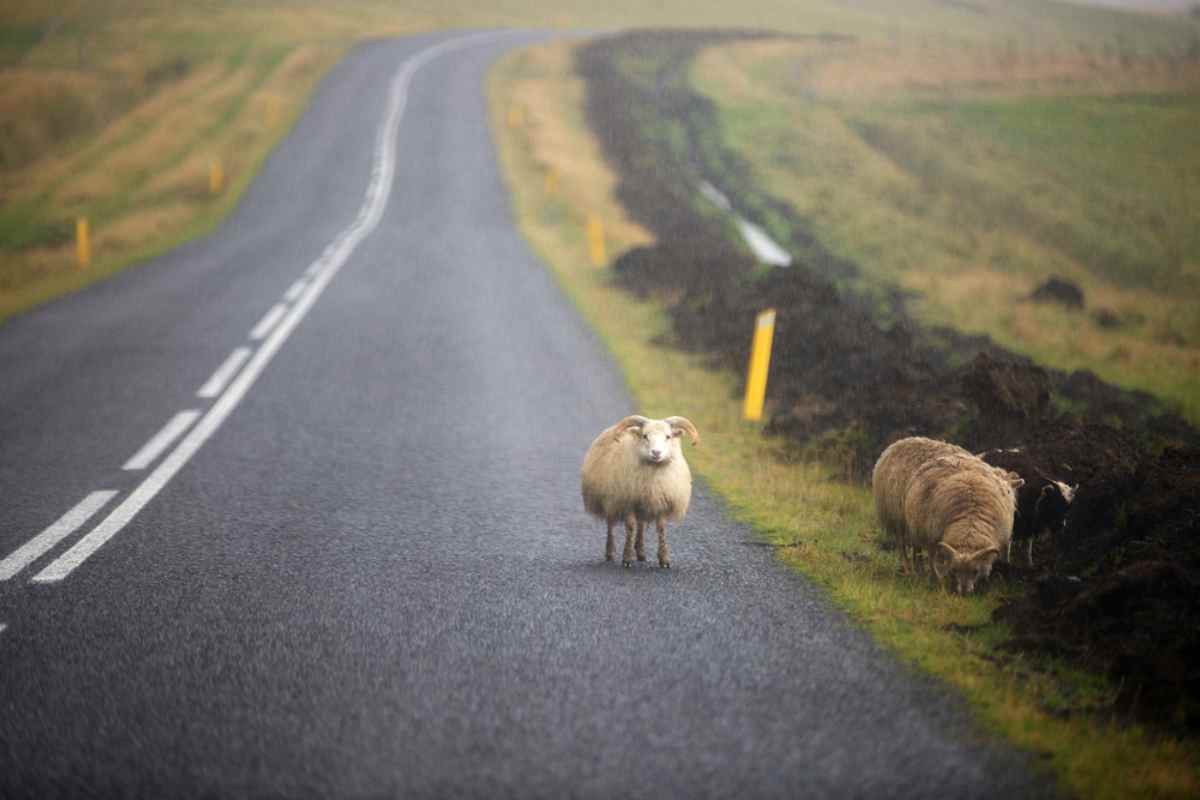
Stepping into the varied landscapes of Iceland in the spring unlocks a treasure trove of activities. To make your planning easier, here are some of the top things to do during spring in Iceland:
Even in Iceland during spring, the Northern Lights haven't quite bid their adieu. You've still got a shot at this celestial showpiece, especially early in the season. The optimal window stretches from September to mid-April, aligning perfectly with spring's start, thanks to those long, dark nights. It's nature's own blockbuster, and springtime in Iceland might just be your last call to catch it live.
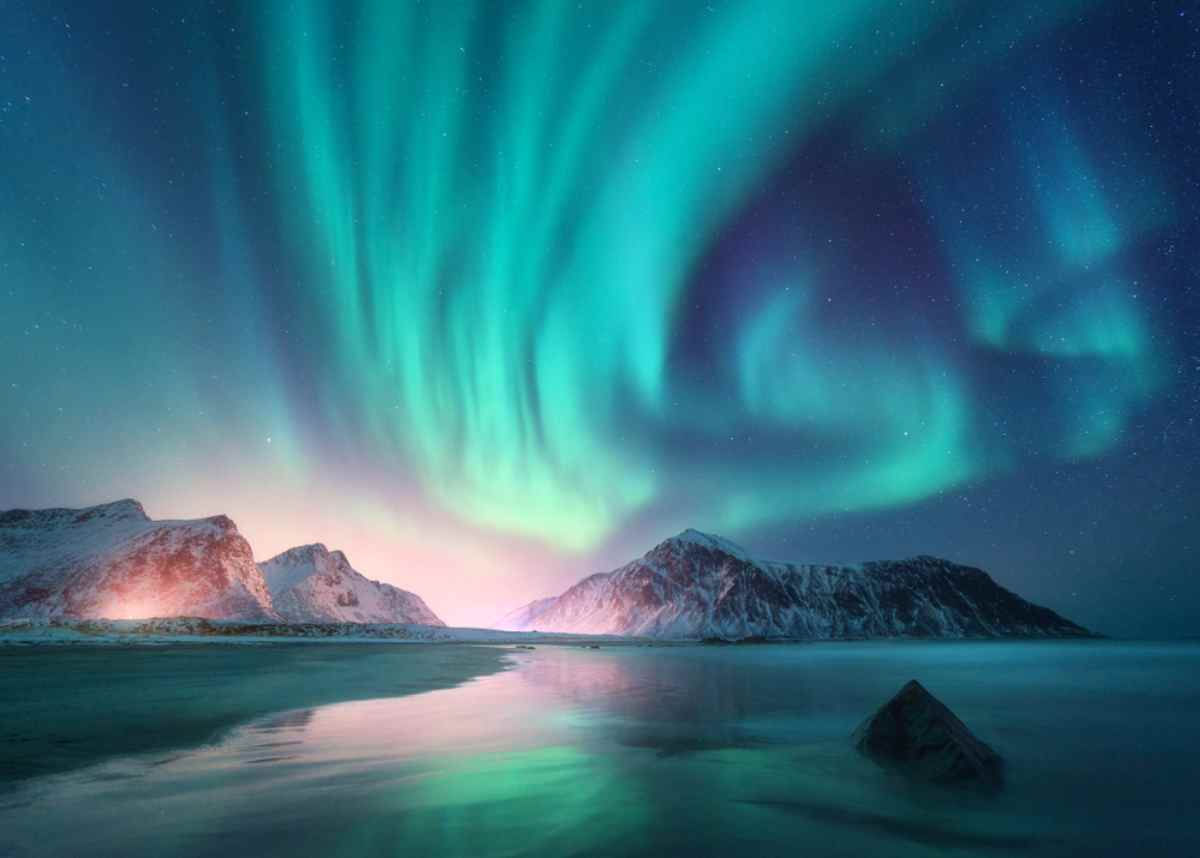
When planning your trip to Iceland, the Golden Circle is an absolute must-do. This iconic route isn’t just popular; it’s the golden ticket to experiencing the best of what Iceland has to offer in one easy drive.
From the mesmerizing spouts of the Geysir geothermal area to the majestic Gullfoss Waterfall and the historic splendor of Thingvellir National Park—each stop embodies the island's raw beauty. Best of all, it's perfectly doable as a day trip from Reykjavik, making it a seamless addition to any itinerary.

Visiting Iceland in spring offers a unique spectacle as Puffin colonies return to the coast, busy with preparations for the breeding season and a summer full of activities.
Known as the 'clown of the sea' for their distinctive appearance, these birds are perfect to observe at spring's end. Remarkably, Iceland is home to about 60% of the world's Puffin population, making it an essential stop for wildlife enthusiasts.
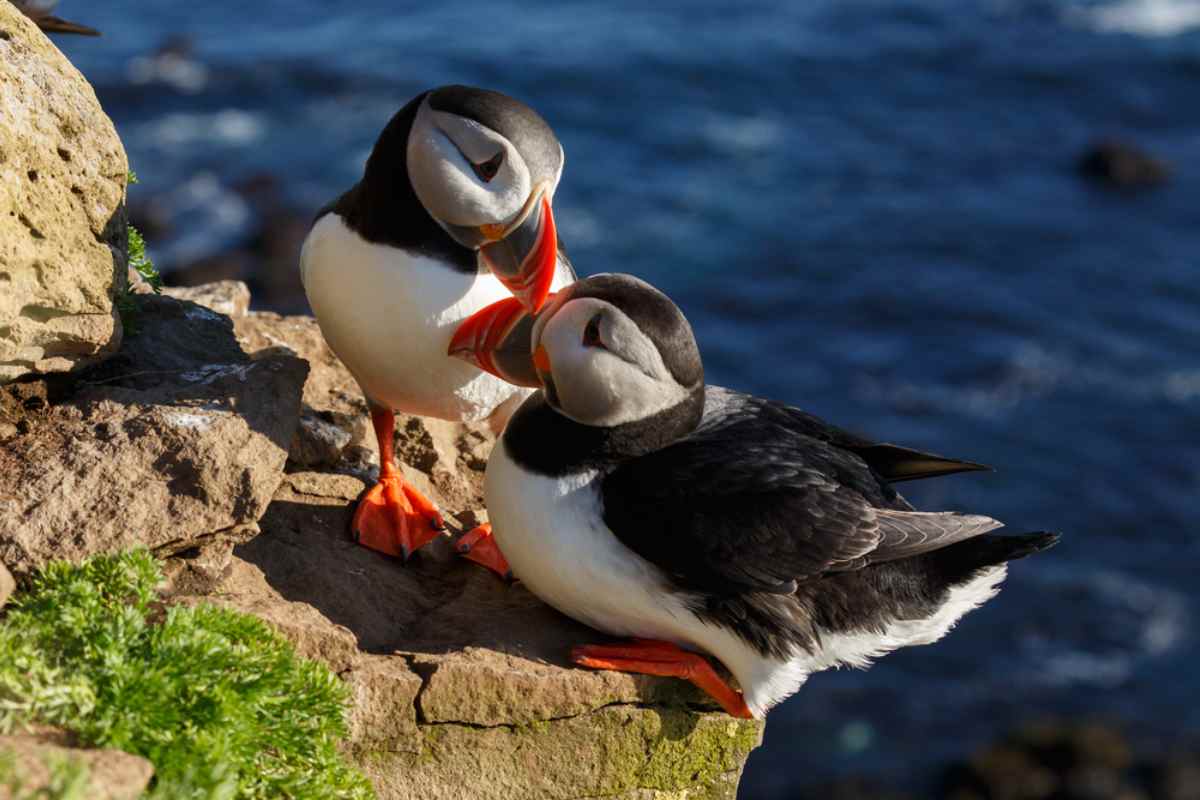
If you're mulling over the best time to visit Iceland, consider timing your trip to catch the Reykjavik Food and Fun Festival. This culinary extravaganza, usually held in February or March, transforms the city into a foodie paradise from Wednesday to Sunday.
With around 20 local restaurants throwing their doors open to participate, the festival is nothing short of a gastronomic delight. Icelandic chefs team up with these eateries to whip up special menus showcasing Icelandic cuisine at wallet-friendly prices.

No trip to Iceland, especially in April, would be complete without immersing yourself in the soothing warmth of its famed hot springs in Iceland. Here are four must-visit spots:
Blue Lagoon: Iconic and invigorating, offering a surreal experience amidst volcanic landscapes.
Secret Lagoon: A tranquil, less crowded alternative for a more authentic soak.
Sky Lagoon: Combines stunning views with luxurious amenities, including an infinity edge.
Myvatn Nature Baths: Located in the north, these baths offer a serene setting to unwind, surrounded by rugged beauty.
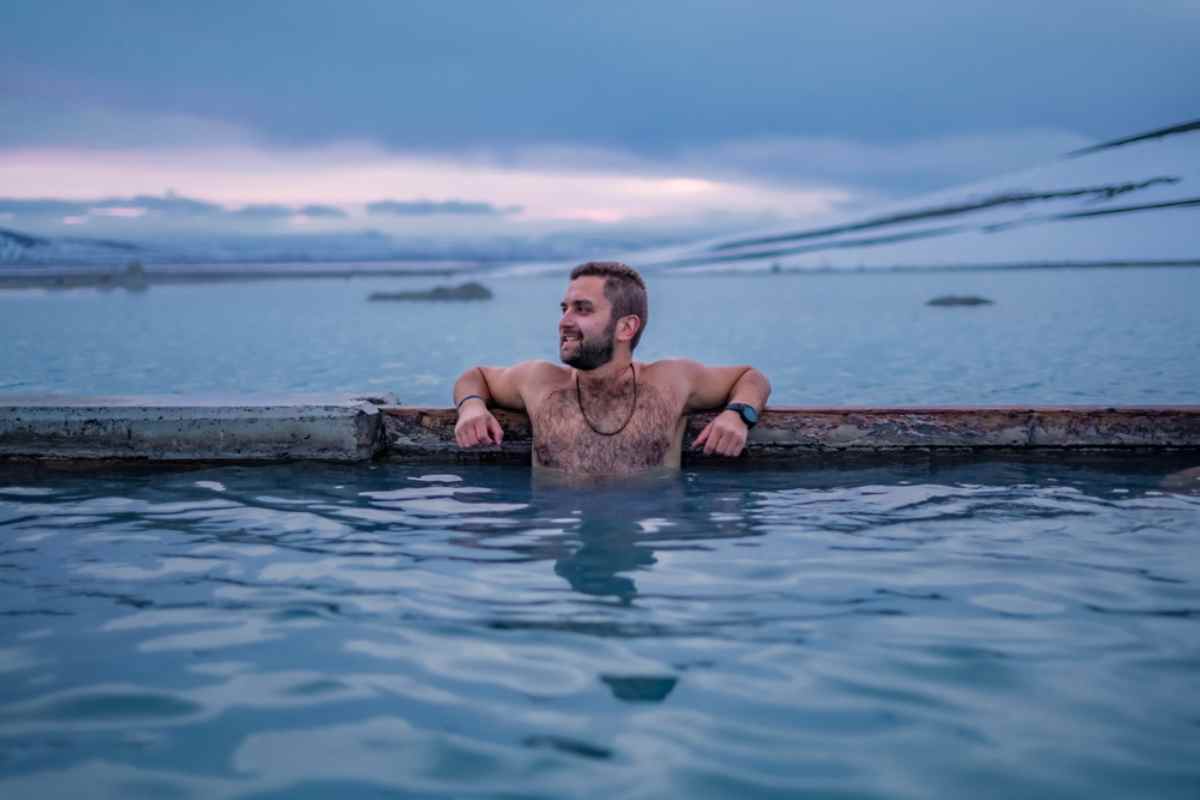
Spring, especially April, is the perfect season for whale watching in Iceland. It's when you get the awe-inspiring chance to see magnificent whales up close in the nutrient-rich waters they migrate to for feeding.
Husavik, known as the whale-watching capital, offers unparalleled opportunities to witness these giants. Nature's grandeur unfolds in these tours, making it a must-do for any visitor in spring.
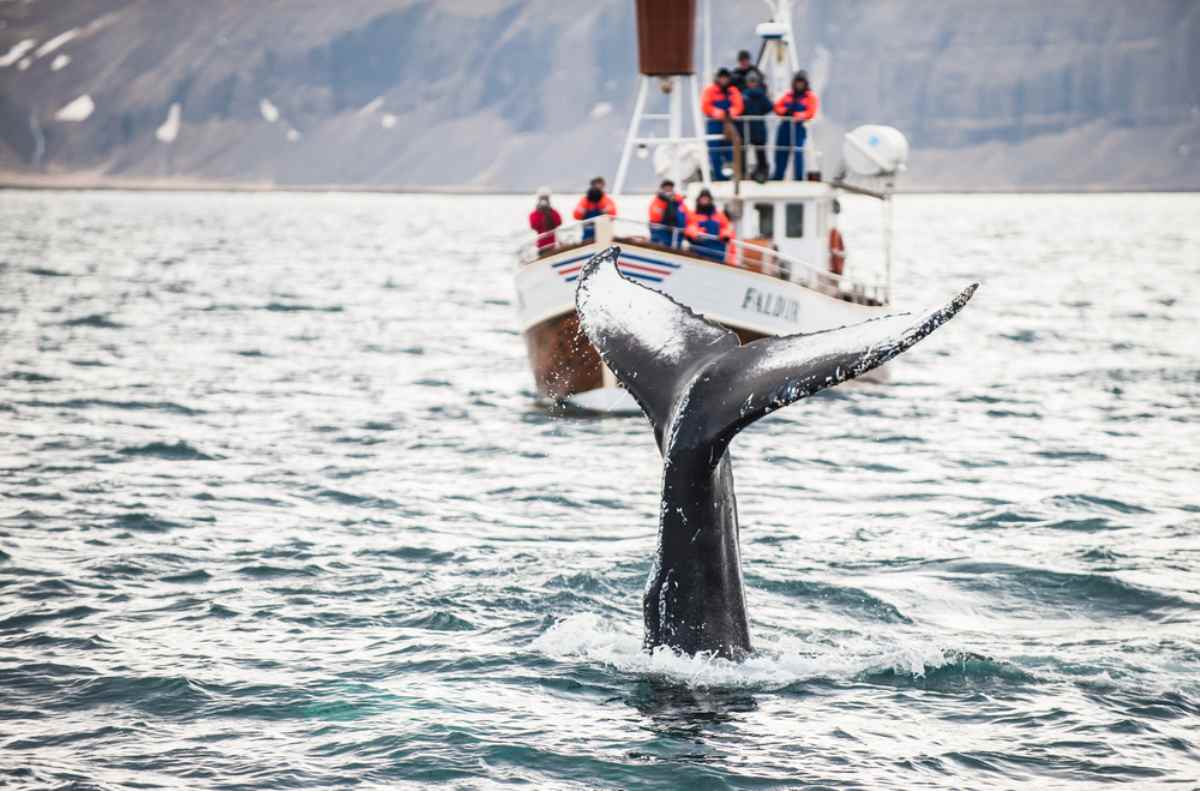
Venture into the heart of creativity during spring in Iceland by attending the Reykjavik Arts Festival. This biennial extravaganza, occurring every other May or June, celebrates the innovative intersections of theater, dance, and visual arts.
Not just a feast for the senses, the festival is a hub for networking and connecting national and international artists. Its focus on new commissions and creative collaborations significantly enriches Iceland's cultural diversity, making it a springtime must.
When visiting in spring don't miss the natural ice caves in Iceland, a breathtaking experience available as the season transitions. The ice cave season, running from November to March, offers stable, cold temperatures perfect for exploration.
However, availability might dip towards season's end due to safety precautions and warmer weather. Always check conditions and tour availability to witness these glacial wonders safely.
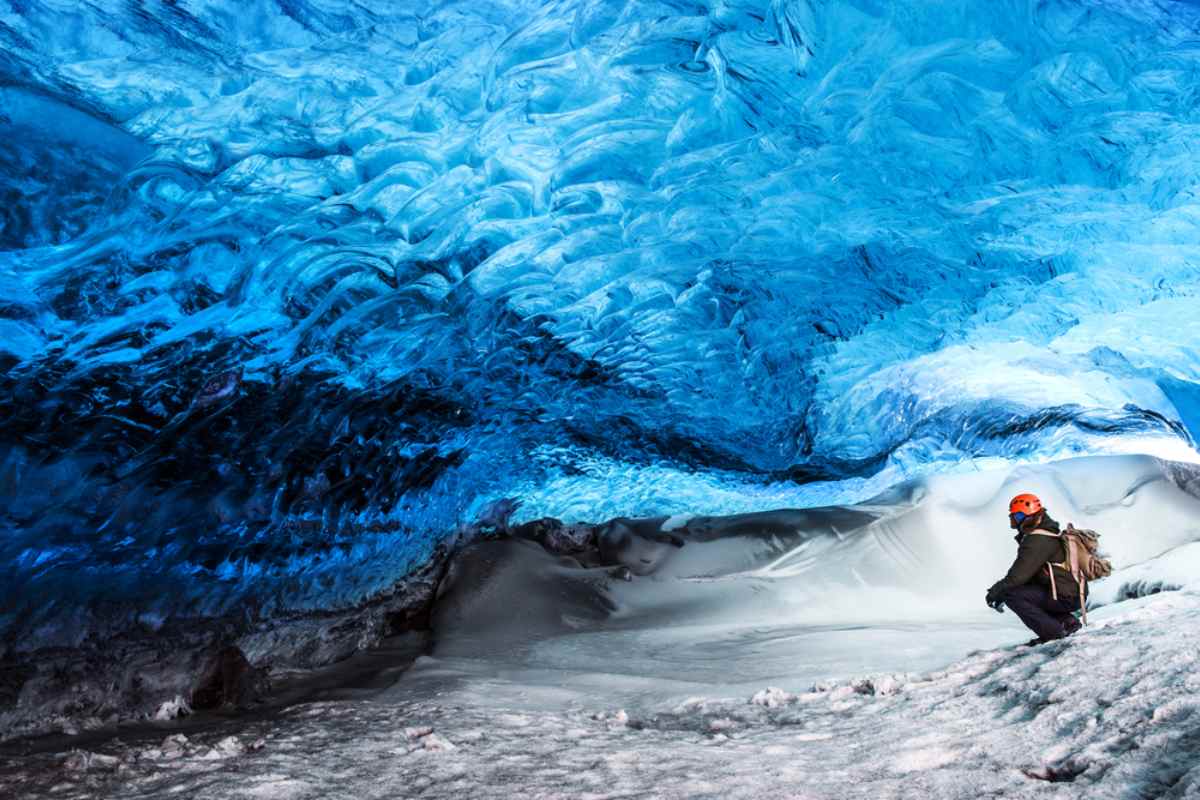
Visiting Iceland in spring isn't complete without seeing the waterfalls in their majestic full flow, thanks to the melting ice. Here are a couple of the best waterfalls in Iceland not to be missed:
Gullfoss: Part of the Golden Circle, this massive two-tier waterfall is a sight to behold and captured in various Icelandic legends.
Skogafoss: A picturesque, 60-meter-high (197 ft) waterfall that includes walking paths for a close-up view.
Dynjandi: Located in the Westfjords, this 100-meter-tall (328 ft) waterfall cascades over multiple levels, each more magnificent than the last.
Godafoss: Known as the 'Waterfall of the Gods,' this stunning site is located in northern Iceland and can be viewed from both sides for a unique perspective.

Spring in Iceland is the ideal season to experience the unique thrill of horseback riding. As you traverse the blooming landscapes on the back of an Icelandic horse, you're not just exploring; you're connecting with nature on a deeply authentic level. These sturdy, gentle horses are known for their smooth gaits, making them perfect companions to explore the countryside.

Visiting Iceland in the spring unlocks a pristine world of fishing possibilities, from the start of the season on April 1st through the abundance of summer. When fishing in Iceland, anglers can target brown trout and Arctic char amidst cold, windy April conditions, pursue big browns in May, and enjoy the endless daylight for dry fly fishing in June.
Snorkeling in the Silfra Fissure is a must-do for anyone planning to travel to Iceland in spring. This unique experience allows you to glide between two continental plates, marveling at the astounding clarity of the glacial water and vibrant underwater landscapes.
It's not just an adventure; it's a once-in-a-lifetime chance to literally float between Europe and North America, making your spring visit unforgettable.

When plotting your spring adventure in Iceland, timing and cultural insights are your tickets to an enriching experience. Here's a quick guide:
Best Time to Book Flights and Accommodations: To avoid the rush and snag the best deals, aim to book your flights and places to stay by early January. Demand spikes as spring in Iceland approaches, particularly for popular spots.
Navigating Iceland’s Transportation Options: Spring weather can be unpredictable; renting a 4x4 is wise for those unplanned snow showers. Also, familiarize yourself with public transport schedules, as they change seasonally.
Cultural Tips and Local Customs: Spring in Iceland is laden with traditions. Be mindful of Easter customs if you're visiting in April, and always respect local guidelines when enjoying hot springs or hiking trails. Icelanders value nature and courtesy highly, so remember to leave no trace and greet everyone with a friendly 'halló.'

Packing for your trip to Iceland in spring means being prepared for all kinds of weather. Here’s a quick list to make sure you're covered:
Layered Clothing: Bring thermal layers, a fleece, and a breathable, waterproof outer layer. The weather can shift rapidly, so versatility is key.
Waterproof Gear: Waterproof hiking boots and a rain jacket are non-negotiables. Don't forget waterproof pants if you plan to explore the great outdoors extensively.
Outdoor Activity Gear: For those intending to hike, invest in good-quality hiking boots. Bring swimwear and a quick-dry towel for hot springs visits.
Photography Equipment and Gadgets: A durable, waterproof camera bag is essential to protect your photography gear from unpredictable weather. Also, consider packing extra batteries and memory cards, as the cold can drain battery life more quickly than usual.

Spring in Iceland is an unrivaled season, brimming with unique experiences and natural beauty, waking from its winter slumber. From the mesmerizing sight of waterfalls in full flow to the charm of horseback riding across blooming landscapes, visiting during this time promises unforgettable adventures.
The thawing ice caves and the vibrant marine life of the Silfra Fissure only add to the allure. What sets spring apart is not just the array of activities, but the opportunity to witness Iceland’s dramatic transition from winter's grip to the flourish of summer.
Renting a car in Iceland becomes almost essential, as some of the most breathtaking spring destinations are beyond the reach of public transport. This freedom to explore at one’s pace, coupled with longer days and milder weather, positions spring as the best time to truly discover Iceland's wonders.